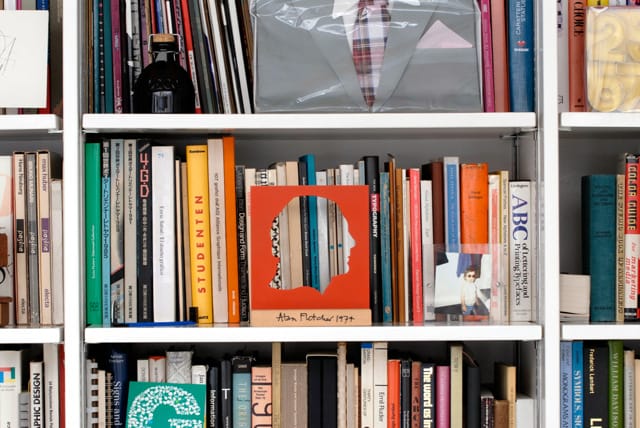As soon as he picked up a copy of Alan Fletcher's The Art of Looking Sideways, Daniel Chehade was hooked. Here he remembers the first time he met his graphic design hero.
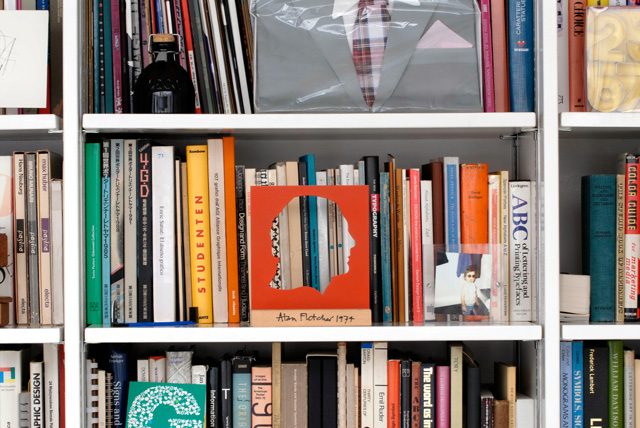
When I first picked up The Art of Looking Sideways I knew I had found something important. I wanted to find out everything I could about Alan Fletcher.
After wearing this 1000+ page colossal, I discovered Beware Wet Paint, revealing more of Alan’s career with a short biography by Jeremy Myerson and interview with Rick Poynor. Tracing Alan’s career as I did in those early years provided me with all the pin-ups I needed during those years of studying: Forbes, Brownjohn, Birdsall, Froshaug, Kitching, Calvert and Kinnear, Facetti, Spencer…
I’ve been lucky enough to work very closely with Alan’s work and it’s his approach and dedication he gave to his work that continues to mesmerise me. Looking back through these photographs taken by Peter Wood of Alan’s studio, you can see the hunger Alan had for design, creativity and most importantly – ideas.
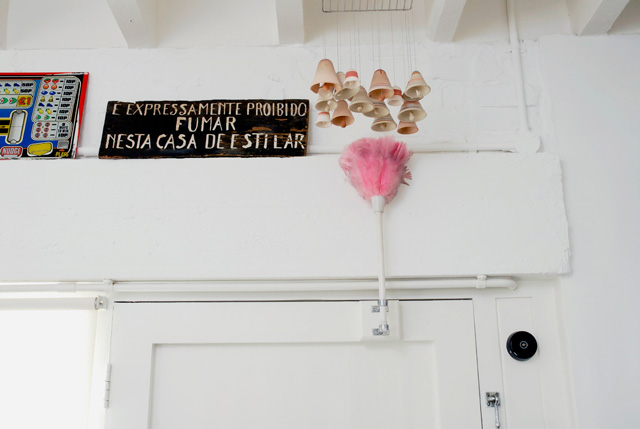
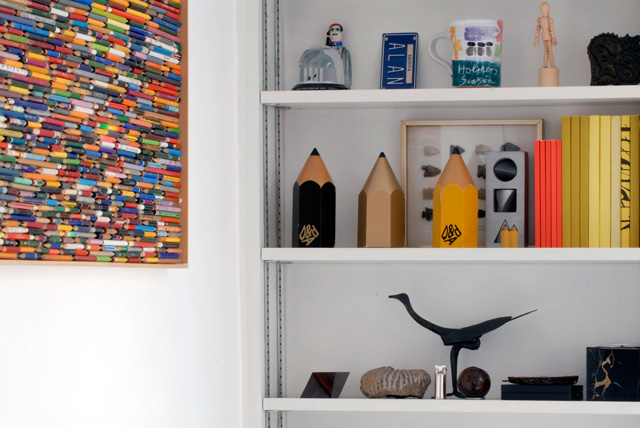
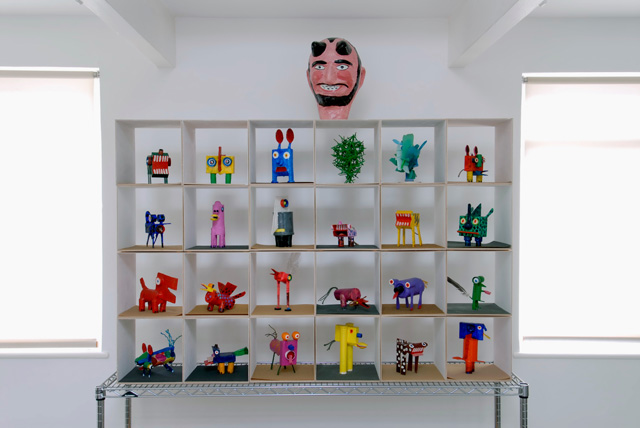
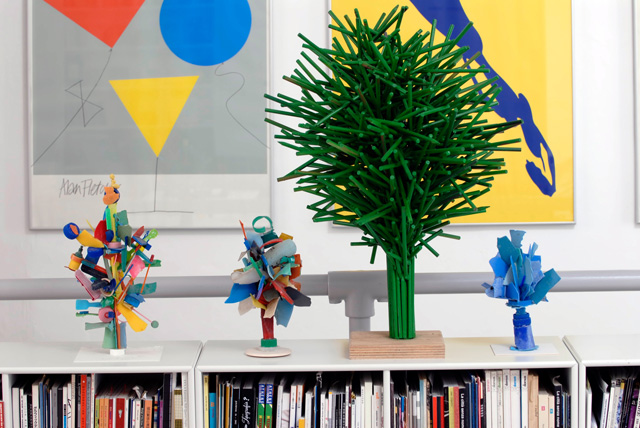
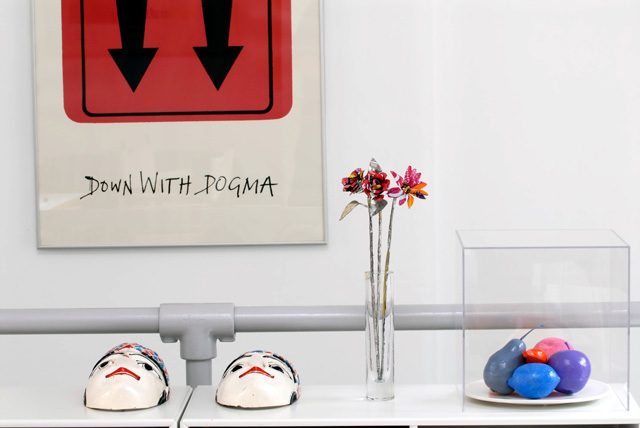
I met Alan twice...three times if you count the time I followed him around the bar at a D&AD lecture. The first time was the most memorable. To my complete astonishment I had found his telephone number and address in a magazine or book. The day came when I decided to ring him. I wanted to meet him, in the hope that some his magic would rub off on me.
“Hello?” he answered (Shit! Alan actually picks up his own phone!). I have no idea what exactly I asked of him, but he did agree to meet with me if I came by his studio after work the following week.
The meeting didn’t go quite as planned.
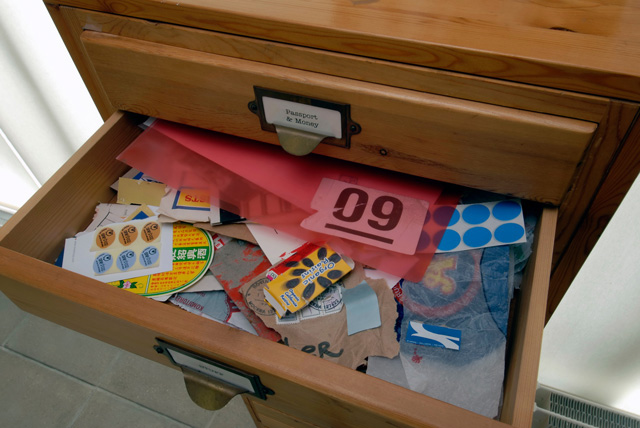
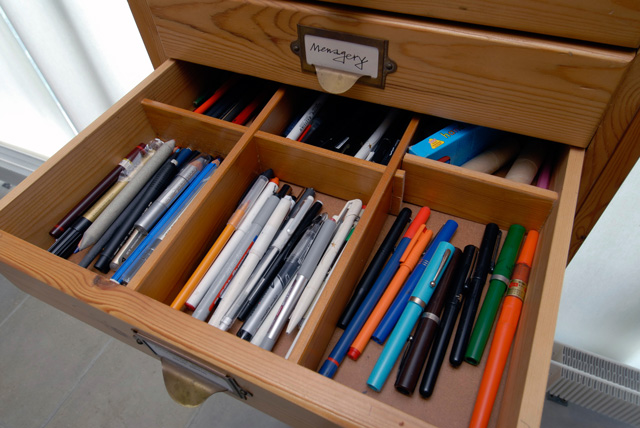
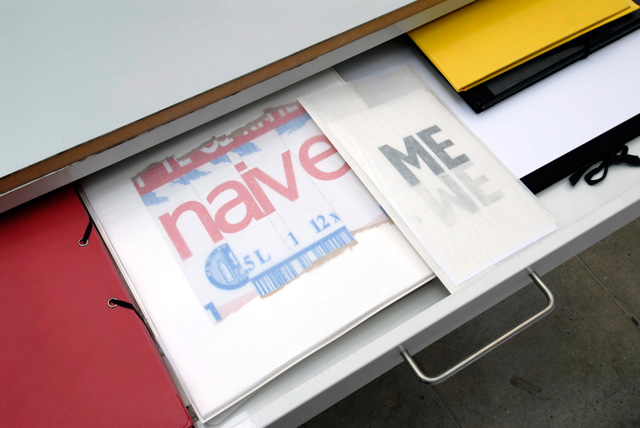
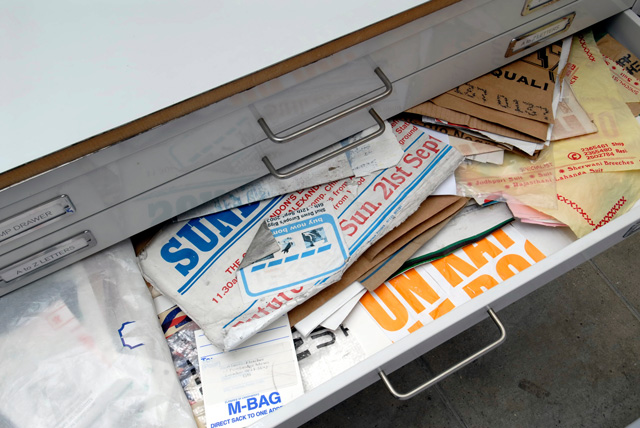
I had decided not to bring any of my work (I wasn't pleased with anything I had done up to this point). I was completely under prepared for the onslaught on questions Alan had for me. “What do I want to do? What sort of work? Whose work are you looking at? What would you charge?”. As Alan spoke it gave me a glimpse at the depth of his knowledge and passion. Alan went on to give advice about who I should be looking at, what to think about if I wanted to get clients of my own, pros and cons of working with others in a partnership. As he did, he often stopped and pulled something from a shelf, opened a drawer or pointed to something on his pin-board – illustrating as he spoke.
In 2007, only a few months after Alan had sadly passed away, I received a telephone call from a printer, Gary Bird. “You should call Raff, she’s Alan Fletcher’s daughter and needs some extra hands putting a together a book”. Gary had worked with Alan a fair bit over the years and it was he who Raffaella called when in need of some help putting together a tribute for her father – a collection of anecdotes by friends, family, colleagues and clients to be given out at a private memorial at the V&A that summer.
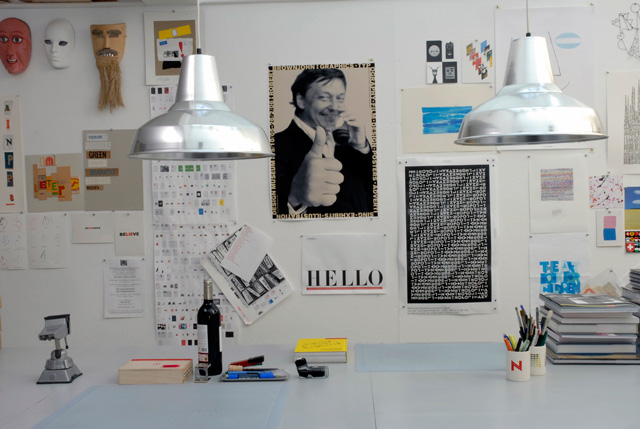
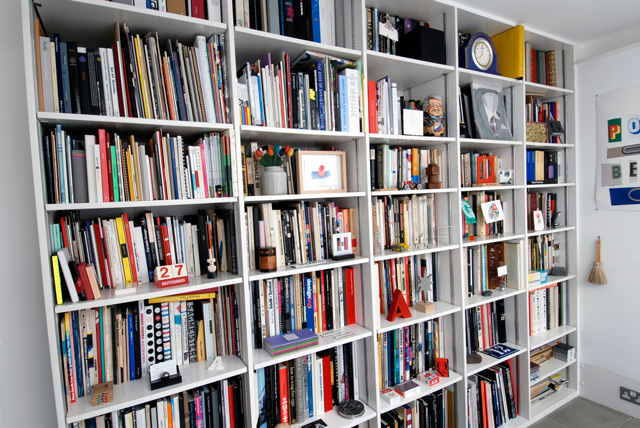
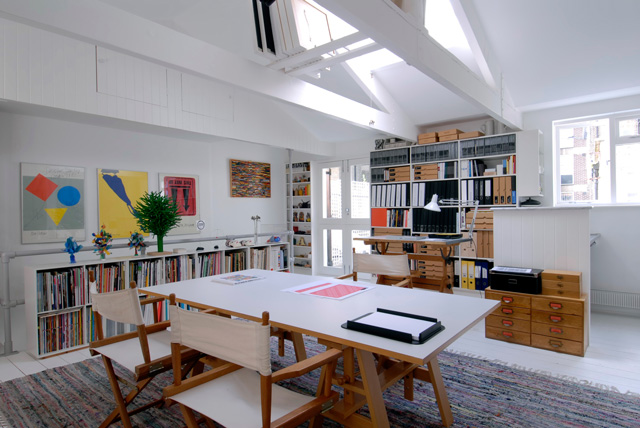
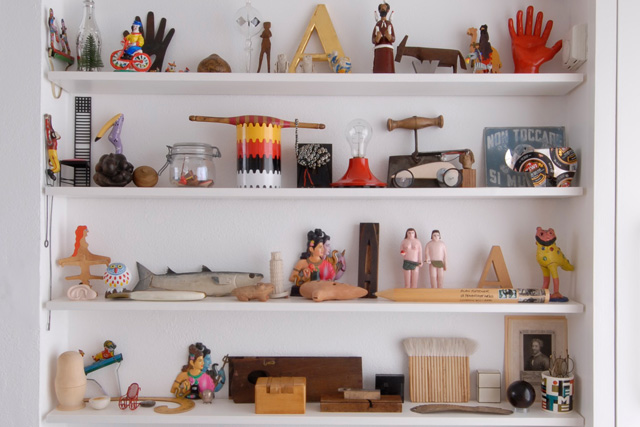
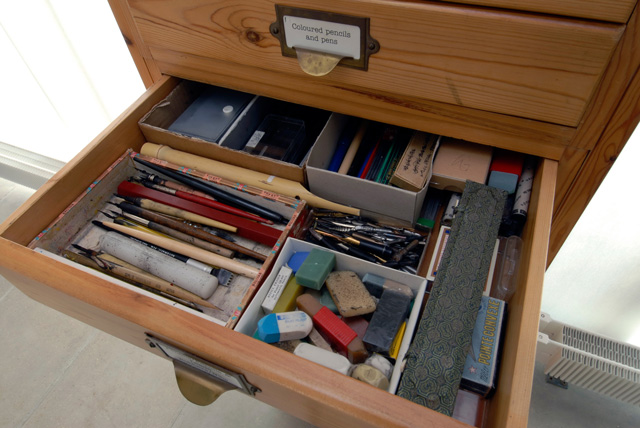
Before I knew it I was walking down a quiet mews in Notting Hill and knocking on the door to Alan’s former studio and home. It was a surreal few weeks. I was welcomed so warmly I felt like I became a honorary member of the Fletcher family, working with Raffaella and Leah Klein (a former design assistant/and neighbour to Alan) and long delicious lunches with Paola, Alan’s wife.
In one obituary it was said that Alan “was the most highly regarded graphic designer of his generation, and probably one of the most prolific.” It is Alan’s passion and work ethic that still motivates me to do more and do it better.
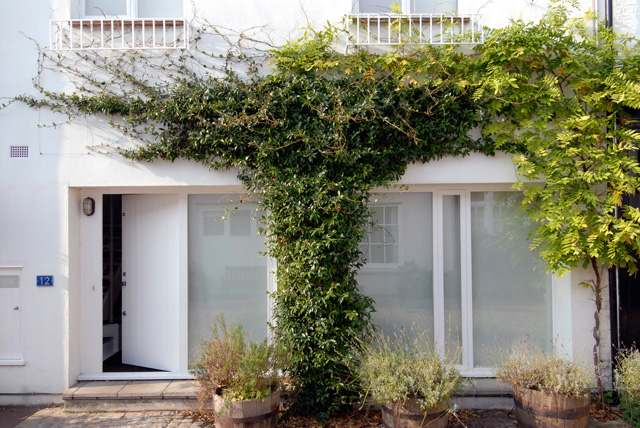
See more of Daniel's work here and explore Alan Fletcher's extensive online archive here.

